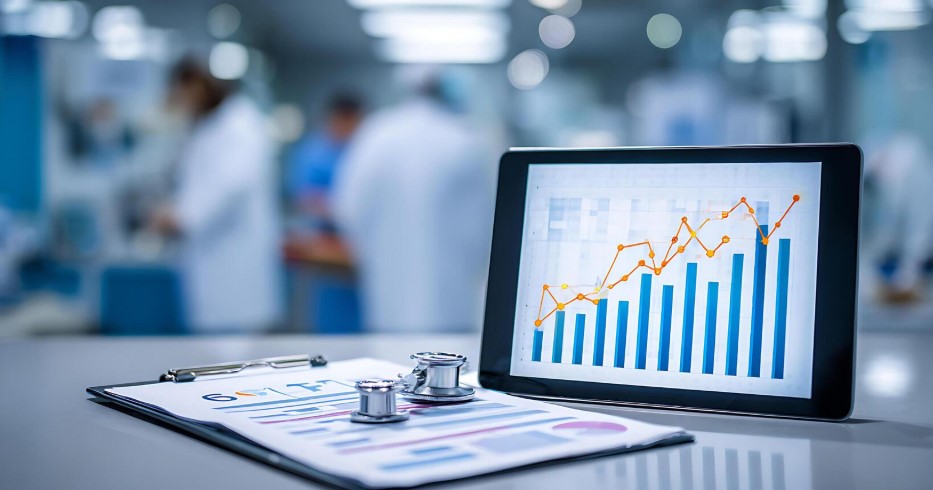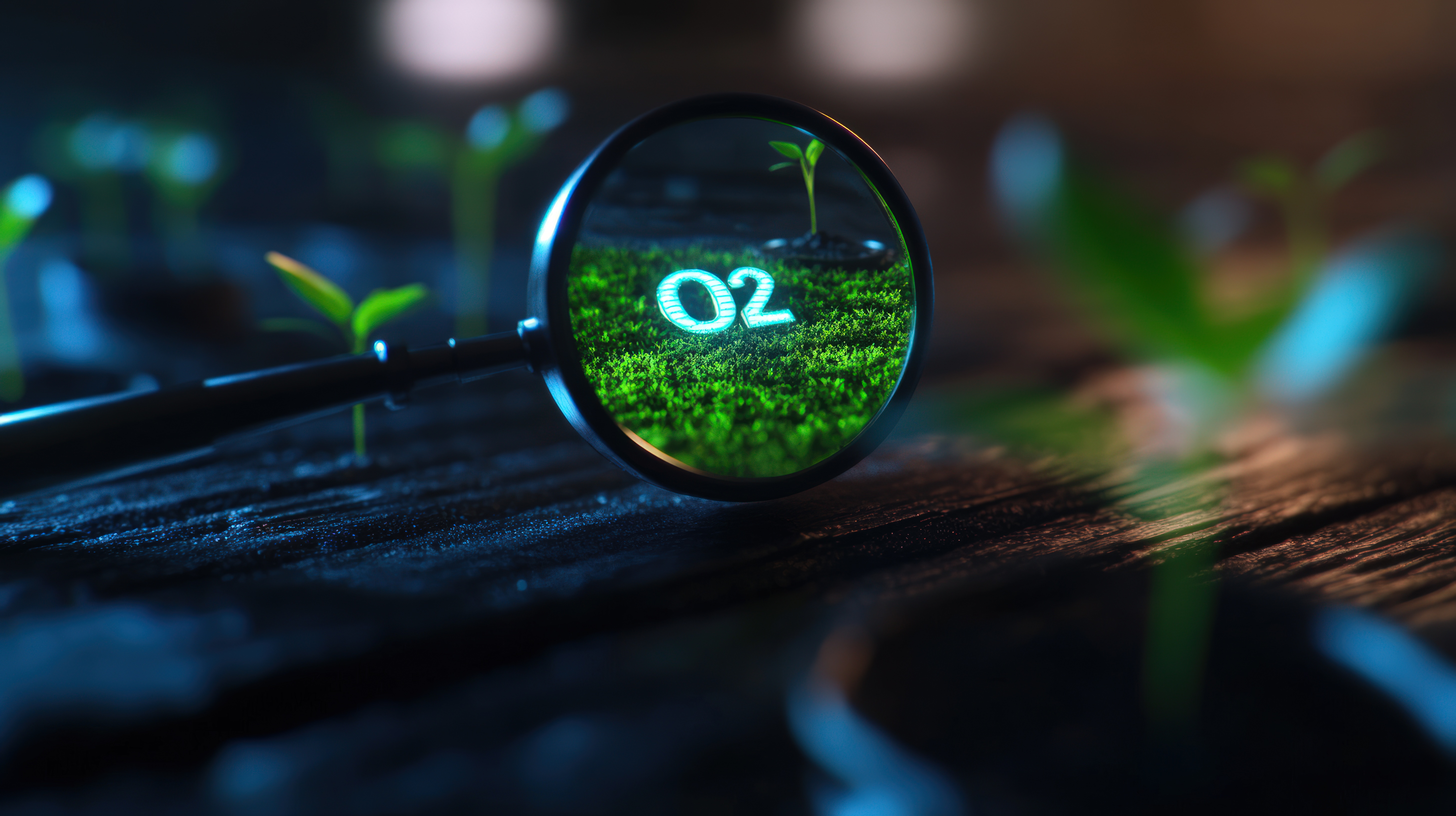Restaurants worldwide face a pressing challenge: food waste. Globally, the food service industry discards millions of tons of food annually, leading to environmental damage and financial losses. For example, the Food and Agriculture Organization estimates that 1.3 billion tons of food are wasted globally yearly, with restaurants contributing significantly.
Food and beverage analytics offers a practical solution, helping restaurants cut waste, enhance sustainability, and improve profitability through smarter inventory management and menu optimization.
What Is Food & Beverage Analytics?
Food and beverage analytics involves collecting and analyzing data from restaurant operations, including sales, inventory, customer preferences, and waste. This technology offers practical details about which dishes sell, which ingredients spoil, and how operations can run more efficiently. By leveraging these insights, restaurant owners can make informed decisions that reduce waste, lower costs, and align with sustainability goals.
How Food & Beverage Analytics Help Reduce Waste
Food and beverage analytics tackles waste through targeted strategies:
Track Waste Patterns
Analytics tools pinpoint which ingredients or dishes contribute most to waste. For instance, a restaurant might discover that certain menu items consistently go unsold, leading to spoilage. Owners can adjust purchasing or portion sizes by identifying these patterns to minimize waste.
Case Study: Winnow, a technology company, provides analytics tools that have helped restaurants like IKEA’s in-store cafes reduce food waste by 50%. Their system tracks waste patterns in real time, allowing chefs to adjust preparation quantities.
Optimize Menu Offerings
Analytics data reveals which dishes are unpopular or generate excess waste. Restaurants can then refine their menus, focusing on high-demand items or tweaking recipes to use ingredients more efficiently.
Improve Inventory Management
Analytics ensures restaurants order the right amount of inventory, preventing overstocking and spoilage. By forecasting demand based on historical sales, restaurants can maintain leaner stock levels without running out of key ingredients.
Case Study: Compass Group, a global food service provider, implemented analytics to streamline inventory across its operations. Their data-driven approach cut food waste by 30% in select locations by aligning purchases with actual demand.
Plan for Peak Times
Food and beverage analytics help restaurants predict busy periods and prepare accordingly. Managers can avoid over-preparing food during slower hours by analyzing sales trends and reducing waste.
Boosting Sustainability and Profitability
Reducing food waste is a win for both the environment and the bottom line. Here’s how food and beverage analytics delivers:
- Lower Costs: Accurate inventory management reduces over-purchasing and disposal costs.
- Environmental Impact: Less waste means fewer resources—water, energy, and labor—are spent producing food in landfills.
- Customer Loyalty: Consumers increasingly prioritize eco-friendly businesses. A 2023 Nielsen survey found that 73% of global consumers prefer brands with strong sustainability practices, making waste reduction a competitive advantage.
- Increased Sales: Analytics identifies top-selling dishes and customer preferences, allowing restaurants to promote high-margin items and boost revenue.
Enhancing Operational Efficiency with Food & Beverage Analytics
Beyond waste reduction, analytics transforms restaurant operations by improving efficiency in key areas:
Better Staff Scheduling
By analyzing sales trends and customer traffic, restaurants can optimize staffing levels. For example, data might show that lunch rushes require more staff, while evenings are quieter. This ensures labor costs align with demand, boosting profitability without sacrificing service quality.
Supply Chain Management
Analytics tracks ingredient usage and shelf life, helping restaurants avoid overstocking perishable items. By integrating sales and inventory data, restaurants can streamline their supply chains and reduce waste.
Real-Time Problem Solving
Real-time analytics allows managers to immediately address issues like stock shortages or slow-selling menu items. For instance, if a dish is underperforming, managers can pivot to promote alternatives, preventing waste and maintaining service quality.
Frequently Asked Questions
What is food and beverage analytics, and how is it used in restaurants?
Food and beverage analytics involves analyzing data such as inventory, sales, and waste to help restaurants make data-driven decisions. It supports smarter inventory management, menu optimization, and waste reduction.
How does food analytics help reduce food waste in restaurants?
By identifying waste patterns, food analytics helps restaurant managers track which items spoil or underperform. This enables better forecasting, portion control, and purchasing strategies to cut down on waste.
What role does restaurant analytics play in improving profitability?
Restaurant analytics pinpoints high-performing menu items, predicts customer demand, and streamlines operations. These insights reduce excess costs and help increase revenue by focusing on top-margin dishes.
Is food analytics suitable for small and mid-sized restaurants?
Yes. Whether you're a single-location restaurant or a growing chain, food analytics scales to your needs. It provides actionable insights without requiring a large analytics team, making it accessible and impactful.
Why should restaurants partner with Ascend Analytics?
Ascend Analytics specializes in food and beverage analytics solutions tailored for restaurants. We empower businesses with customized tools that drive sustainability, improve efficiency, and enhance customer satisfaction.
Transform Your Restaurant with Food & Beverage Analytics
Food and beverage analytics empowers restaurants to operate smarter, greener, and profitably. By reducing waste, optimizing menus, and streamlining operations, restaurants can save money, attract eco-conscious customers, and contribute to a sustainable future.
Don’t let food waste eat into your profits. Embrace food and beverage analytics to drive efficiency and build a thriving, environmentally responsible business. Ready to take the next step? Contact Ascend Analytics today to schedule a consultation and discover how our customized solutions can transform your restaurant’s operations and boost your bottom line.








